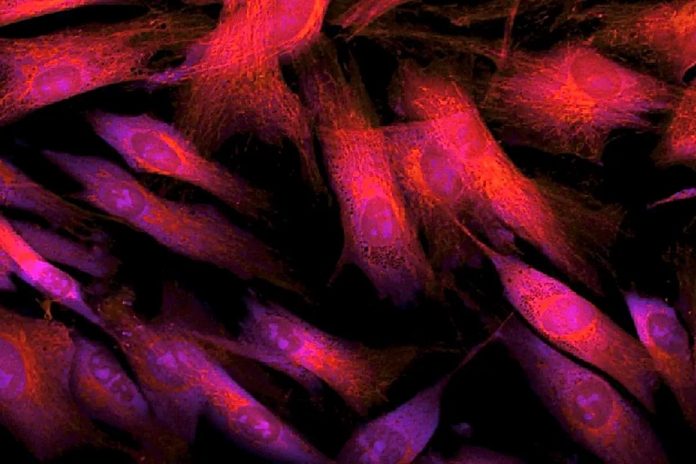Maybe stepping away from the sun after you’ve been exposed to too much of its rays used to be a way to avoid damage to your skin, but not anymore.
Nothing has really changed, but now we understand more about how the skin interacts with those harmful UV rays. According to LA Times, researchers learned that only about half of the damage done by the sun occurs while you’re still in the light. The other half takes place up to three hours after you’ve been exposed. This chemical process bears the ominous name, the “dark pathway.” Cue foreboding music.
To cover the basics, skin cell DNA absorbs photons and that process can put a strain on the DNA, causing DNA strand bonds to fuse together. Even if you don’t follow, essentially the process makes an unnatural bend in the DNA that causes it to have trouble replicating as it should. That’s the damage caused while you’re actually in the sun and it happens instantly.
We used to think that was where sun exposure damage stopped. But Douglas Brash and Sanjay Premi received a grant to discover how UV exposure affects the cells that produce melanin. They exposed the cells to UV light and expected to see the bends described earlier. They checked the cells immediately, and then waited a few hours to check again, expecting to see fewer bends than before, due to repairs the cells make. However, when they checked on the cells later, there were more bends than before.
Melanin has been known to give skin protection from direct sun exposure, but now scientists have seen that the cells that actually produce melanin are responsible for damage to the skin that goes on in the dark. According to the research, the damage caused is an indirect result of sun exposure. An enzyme in the cells gets “excited by UV light” and then the energy from the cell goes on to create damage to the DNA.
Now, research will focus on how to disrupt the activity taking place during the dark pathway. For now, researchers think it might result in a cream that people put on after sunscreen, when they’re no longer in direct sunlight. Knowing how few people put on sunscreen now, it seems wishful to think people would put on two creams, but maybe the threat of double damage from the sun will get them in line.















